Industry information
Company News
- Carved aluminum veneer, the fashionable "cover" of modern architecture
- Fluorocarbon aluminum veneer: the fashionable choice for modern architecture?
- Aluminum veneer curtain wall: the fashionable coat of modern architecture
- Curtain Wall Aluminum Veneer: The Gorgeous Coat of Modern Architecture
- Fluorocarbon aluminum veneer: a fashionable choice for modern architecture
Industry dynamics
- Aluminum veneer curtain wall, the fashionable outerwear of modern architecture
- What is the energy-saving and environmental performance of aluminum veneer?
- What is the weather resistance of aluminum veneer in outdoor environments?
- Aluminum veneer curtain wall: the new darling of modern architecture, combining environmental protection and aesthetics
- Customized aluminum veneer makes buildings more in line with people's cultural backgrounds
Frequently asked questions
- What is the future market development trend of aluminum veneer?
- What is the sales market for aluminum veneer?
- How to improve the product quality and performance of aluminum veneer?
- What are the applications of aluminum veneer in architectural decoration?
- What safety issues should be paid attention to in the production and manufacturing of aluminum veneer?
contact us
Mobile:+86 15627778610
Email: 2201229786
Address: No. 5 Binjiang Road, High tech Zone, Zhaoqing City, Guangdong Province
Four evaluation criteria for energy-saving and environmental performance of aluminum veneer
- Author: Supreme Building Materials (Guangdong) Co., Ltd
- Release time: 2022-02-20 07:11:09
- Click:0

Aluminum veneer, as a new type of building material, has the advantages of lightweight, high strength, and strong decorative properties. Aluminum veneer also has excellent energy-saving and environmental performance, which can effectively reduce the energy consumption of buildings and their impact on the environment. Below, we will introduce four evaluation criteria for the energy-saving and environmental performance of aluminum veneer.
1. Thermal performance evaluation: Thermal performance is one of the important indicators for evaluating the energy-saving and environmental performance of aluminum veneer. The thermal performance of aluminum veneer includes indicators such as heat transfer coefficient, thermal resistance value, and thermal radiation rate. These indicators can reflect the insulation performance and thermal insulation performance of aluminum veneer at different temperatures, thereby determining whether it meets the requirements of energy conservation and environmental protection.
2. Material performance evaluation: Material performance is also one of the important indicators for evaluating the energy-saving and environmental performance of aluminum veneer. The material properties of aluminum veneer include density, specific heat capacity, thermal conductivity, and other indicators. These indicators can reflect the material characteristics and energy consumption of aluminum veneer, thereby determining whether it meets the requirements of energy conservation and environmental protection.
3. Structural design evaluation: Structural design is also an important indicator for evaluating the energy-saving and environmental performance of aluminum veneer. The structural design of aluminum veneer includes the design and installation of keels, corner brackets, joints, and other parts. Reasonable structural design can improve the insulation and thermal insulation performance of aluminum veneer, thereby reducing energy consumption and environmental impact.
4. Evaluation of usage effect: Usage effect is also one of the important indicators for evaluating the energy-saving and environmental performance of aluminum veneer. The usage effect includes the performance of aluminum veneer in terms of sound insulation, waterproofing, fire prevention, and other aspects. Good usability can improve the overall comfort and safety of buildings, thereby reducing energy consumption and environmental impact.
The above four evaluation criteria for the energy-saving and environmental performance of aluminum veneer are key indicators for evaluating the energy-saving and environmental performance of aluminum veneer. Consumers should choose products that meet these indicators when choosing aluminum veneer, and request relevant testing reports and certificates. It is recommended that consumers pay attention to reasonable use and maintenance when using aluminum veneer to extend its service life and maintain good energy-saving and environmental performance.

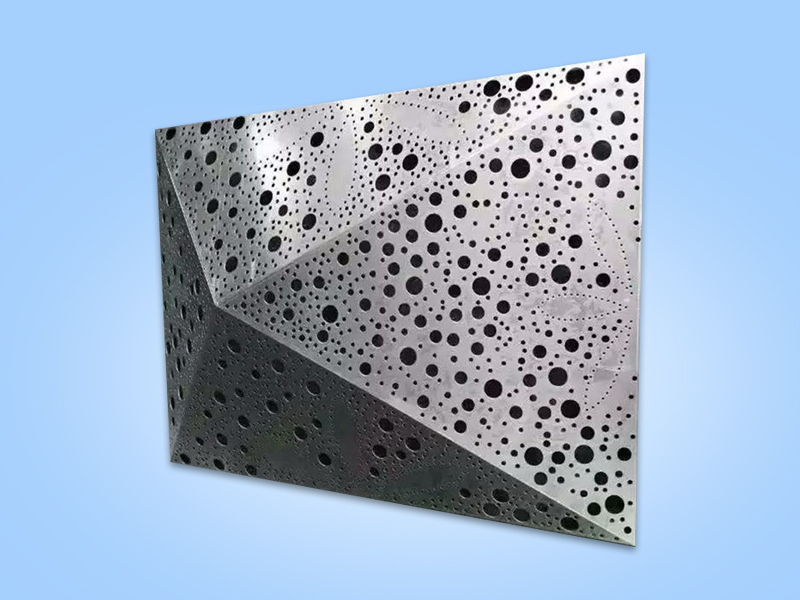
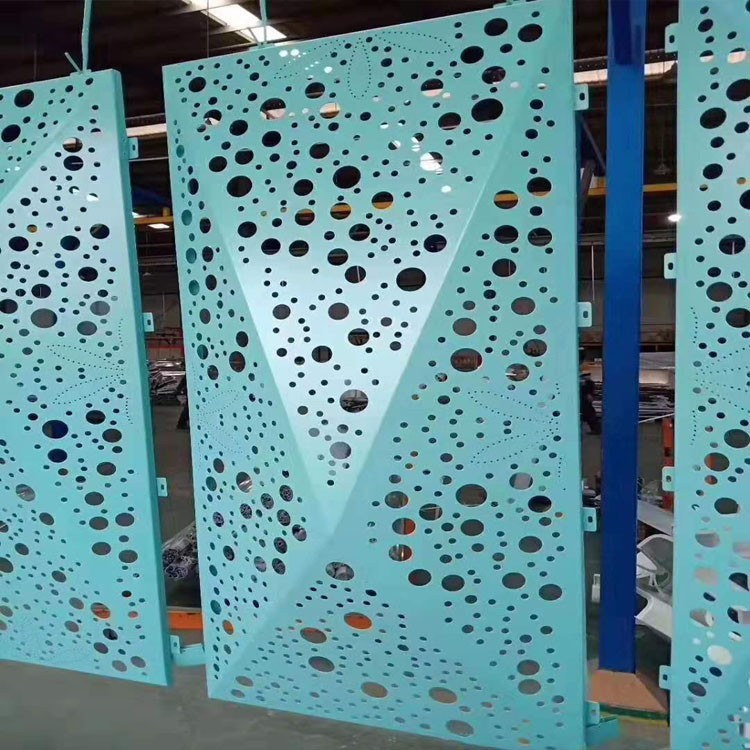
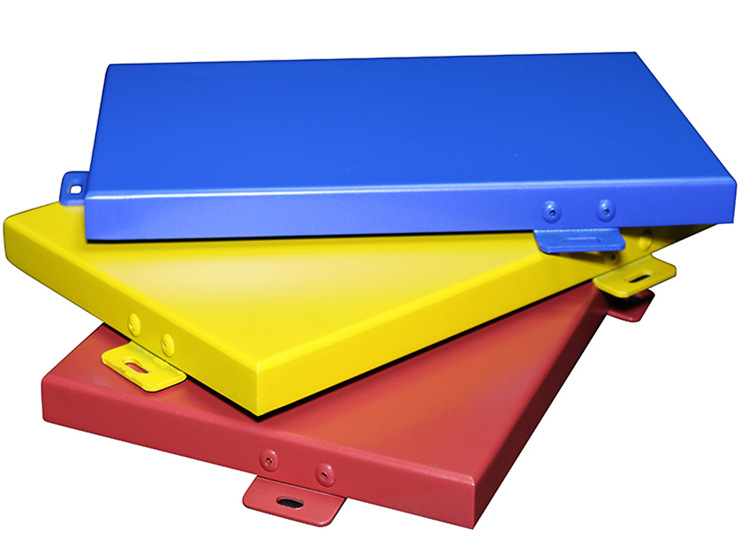
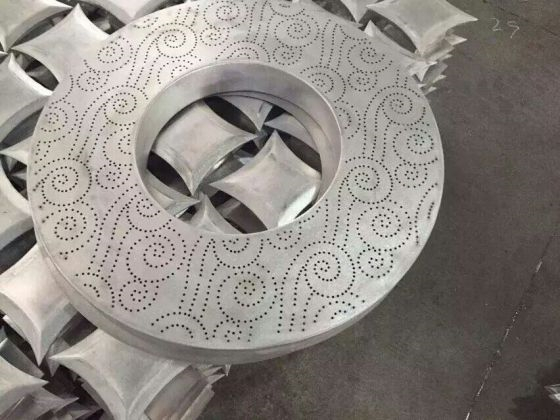
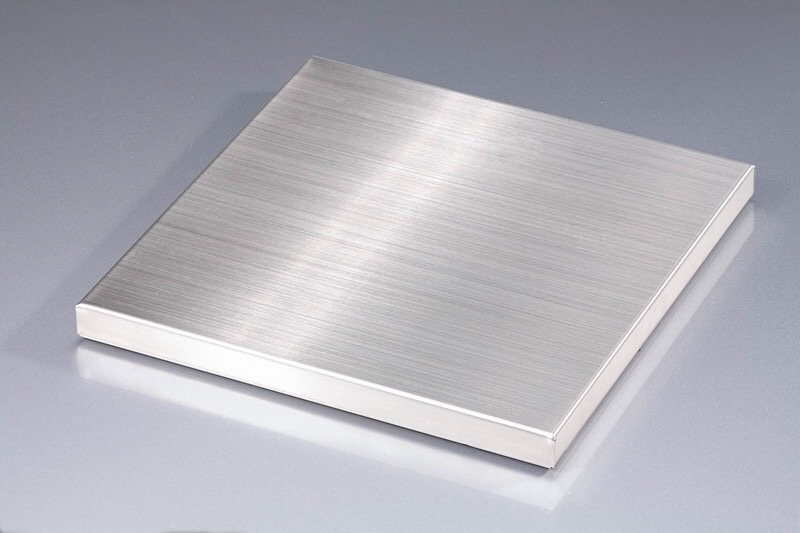
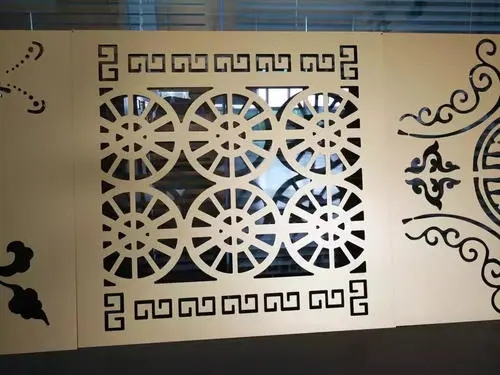
 Customer service QQ
Customer service QQ